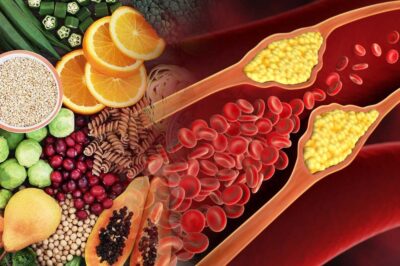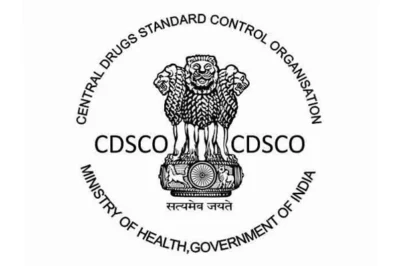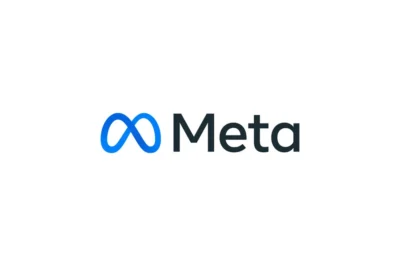Cholesterol might be a familiar term, often linked with health warnings and dietary caution, but understanding its impact requires a deeper dive into its complex role within our bodies. Low-density lipoprotein (LDL), commonly tagged as ‘bad cholesterol,’ has a notorious reputation for clogging arteries and setting the stage for heart disease. However, amidst the sea of pharmaceutical solutions and lifestyle adjustments, there emerges a natural warrior against LDL’s harmful effects: fiber. As researchers and nutritionists herald the benefits of this humble dietary component, we explore how integrating more fiber into your diet can significantly transform your health profile.
The Role of Fiber in Managing Cholesterol:
Fiber, particularly soluble fiber, acts like a sponge in the digestive tract, absorbing substances like cholesterol before they’re absorbed into the bloodstream. Found in foods such as oats, beans, lentils, and certain fruits, soluble fiber binds with cholesterol-rich bile acids in the intestine. This complex is then expelled from the body rather than circulating and depositing in the arteries. By interrupting the reabsorption cycle of bile acids, the liver must use up more cholesterol to produce new bile acids, thus lowering the level of LDL cholesterol in the blood.
Impact on Heart Health:
The potential heart health benefits of fiber extend beyond just lowering LDL. Fiber-rich diets are also associated with improvements in high-density lipoprotein (HDL), or ‘good cholesterol,’ levels. HDL plays a crucial role in reversing cholesterol transport from the arteries to the liver, where it can be processed and removed from the body. By boosting HDL levels and lowering LDL, fiber helps maintain a healthier balance of blood lipids, significantly reducing the risk of heart disease.
Making Dietary Changes:
Incorporating more fiber into your diet doesn’t just mean eating more vegetables. It involves a strategic approach to meal planning that includes a variety of fiber sources. Integrating whole grains, nuts, and legumes into meals can be an enjoyable and effective way to increase your fiber intake. It’s not just about what you add, but also what you replace—swapping out refined carbohydrates with whole-grain options can have a compounding positive effect on cholesterol levels.
Conclusion:
The simplicity of fiber’s mechanism in managing cholesterol belies its potential impact. As we look to nature’s bounty for solutions to modern health issues, dietary fiber stands out as a readily available, cost-effective, and efficient method to combat high LDL cholesterol. Whether you’re considering a dietary overhaul or just looking to make some minor adjustments, the question remains: Are you ready to give fiber a more prominent place on your plate for the sake of your heart health?







































































Leave a Reply